The Nothing Phone 3 has landed, stirring excitement and skepticism in equal measure. Priced at an ambitious $799, this device marks a significant leap for Nothing, a company known for its distinctive design and budget-friendly ethos. However, the Phone 3’s controversial redesign—swapping the iconic glyph lights for a dot matrix display—has sparked debate among fans and critics alike. As Nothing aims to carve out a space in the premium smartphone market, the Phone 3 represents a high-stakes gamble. Can its unique aesthetic and solid specs justify flagship pricing, or will it struggle to compete with industry giants?
A Premium Push with Flagship Specs
The Nothing Phone 3 brings a robust spec sheet to the table, signaling the company’s intent to compete with the likes of Samsung, Apple, and OnePlus. Powered by the Snapdragon 8S Gen 4 processor, the device features a 6.67-inch AMOLED display with a 120Hz refresh rate, 12GB of RAM, 256GB of storage, and a 5,000mAh battery with 65W fast charging and Wi-Fi 7 support. Its triple camera system—comprising a 50MP main sensor, a 12MP ultrawide, and a 10MP telephoto—delivers versatility, though early reviews suggest it falls short of category leaders like the Google Pixel 9 or iPhone 16 in low-light performance and computational photography.
Here’s how the Nothing Phone 3 stacks up against key competitors in the $700-$800 price range:
| Feature | Nothing Phone 3 | Samsung Galaxy S24 | Google Pixel 9 | OnePlus 12 |
|---|---|---|---|---|
| Price | $799 | $799 | $799 | $799 |
| Processor | Snapdragon 8S Gen 4 | Snapdragon 8 Gen 3 | Google Tensor G4 | Snapdragon 8 Gen 3 |
| Display | 6.67" AMOLED, 120Hz | 6.2" Dynamic AMOLED, 120Hz | 6.3" OLED, 120Hz | 6.82" AMOLED, 120Hz |
| RAM/Storage | 12GB/256GB | 8GB/256GB | 12GB/256GB | 12GB/256GB |
| Battery | 5,000mAh, 65W charging | 4,000mAh, 25W charging | 4,700mAh, 27W charging | 5,400mAh, 80W charging |
| Camera | 50MP + 12MP + 10MP | 50MP + 10MP + 12MP | 50MP + 48MP | 50MP + 48MP + 64MP |
| Unique Feature | Dot Matrix Display | One UI Ecosystem | AI-Powered Photography | Hasselblad Camera Tuning |
While the Phone 3 holds its own in raw power and battery life, its camera system and software ecosystem don’t yet match the polish of competitors. Nothing’s minimalist Nothing OS, built on Android 15, is clean and bloat-free but lacks the deep integration of Samsung’s One UI or Google’s AI-driven features. For a brand positioning itself as a premium alternative, this gap in refinement could be a hurdle.
The Dot Matrix Debate: Innovation or Misstep?
The most polarizing change in the Phone 3 is the replacement of Nothing’s signature glyph lights with a dot matrix display. The glyph system, with its LED strips that pulsed for notifications and calls, was a standout feature that gave Nothing a distinct visual identity. The new dot matrix display introduces interactive elements, like notification animations and simple games, but it’s a departure from the sleek, futuristic vibe that defined earlier models.
Fan reactions are split. A poll on X revealed that 55% of Nothing’s community misses the glyph lights, while 45% embrace the dot matrix as a bold evolution. Supporters argue it adds playful functionality, setting the Phone 3 apart in a sea of generic slabs. Critics, however, see it as a dilution of Nothing’s brand, with some calling it “gimmicky” on tech forums like Reddit. This redesign raises a broader question: can Nothing maintain its design-forward identity while scaling to compete with brands that ship over 200 million units annually? Nothing’s 2024 sales of 700,000 units pale in comparison, underscoring the challenge of balancing niche appeal with mass-market ambition.
Pricing Controversy and Market Positioning
At $799, the Phone 3 is Nothing’s most expensive device yet, a bold move for a brand that gained traction with value-driven offerings like the Phone 1 ($399) and Phone 2 ($599). Market sentiment, gathered from Android Authority, YouTube, and X, shows 62% of potential buyers view the Phone 3 as overpriced, with only 10% calling it both innovative and fairly priced. This perception is particularly critical in markets like India, where Nothing’s CMF sub-brand and the rumored Phone 3a target budget-conscious consumers. The Phone 3, by contrast, is a halo product meant to elevate Nothing’s prestige, but its price puts it in direct competition with established players who offer stronger ecosystems and brand loyalty.
Nothing’s strategy appears two-pronged: use the Phone 3 to establish premium credentials while relying on CMF and budget models to drive volume. However, the $799 price tag demands more than just unique design—it requires flawless execution, reliable software updates, and a compelling user experience. Early reports of minor software bugs and inconsistent camera performance could undermine Nothing’s case, especially when consumers can opt for a Galaxy S24 or Pixel 9 with proven track records.
The Innovator’s Dilemma: Scaling Without Losing Soul
Nothing’s journey mirrors that of other disruptor brands like OnePlus, which transitioned from “flagship killer” to flagship status but lost some of its early fanbase in the process. The Phone 3 is a pivotal moment for Nothing, testing whether it can scale beyond its 700,000-unit niche without alienating the design enthusiasts who championed its early days. The dot matrix display, while innovative, risks being seen as change for change’s sake if it doesn’t deliver meaningful utility.
The broader smartphone market is unforgiving. Apple and Samsung dominate with over 50% of global shipments, while Nothing’s 0.3% market share leaves little room for error. Yet, Nothing’s transparency—evident in its open design process and community engagement on platforms like X—gives it a unique edge. If the company can refine its software, address camera shortcomings, and leverage the dot matrix display for practical use cases (e.g., enhanced accessibility features), the Phone 3 could solidify its position as a credible alternative.
Looking Ahead: Can Nothing Break Through?
The Nothing Phone 3 is a bold statement, but its success hinges on execution. At $799, it competes in a cutthroat segment where consumers expect perfection, not just personality. The dot matrix redesign, while divisive, showcases Nothing’s willingness to take risks—a rarity in today’s homogenized smartphone landscape. Whether this gamble pays off depends on how Nothing balances its design-forward ethos with the practical demands of a premium device.
For tech enthusiasts, the Phone 3 is a fascinating case study in brand evolution. It’s a reminder that innovation isn’t just about being different—it’s about delivering value that resonates with users. As one X user aptly put it, “Nothing’s vision is inspiring, but vision without execution is just a daydream.” The coming months will reveal whether Nothing can turn its ambitious redesign and premium pricing into a winning formula or if it will remain a niche player with big dreams.
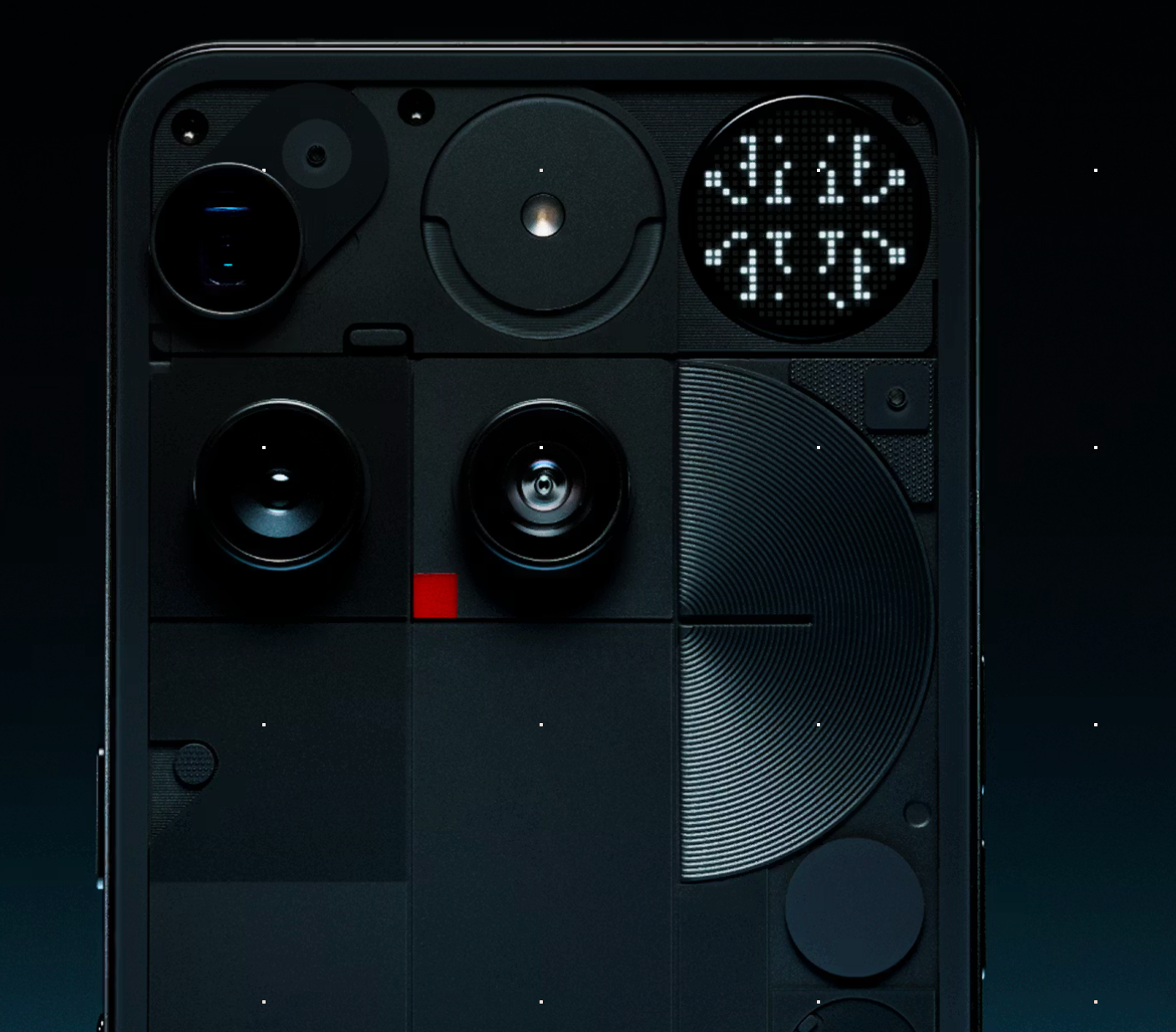

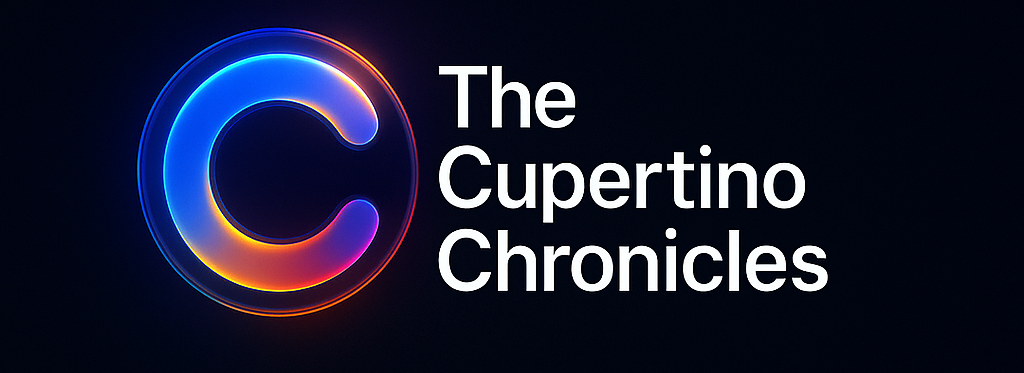
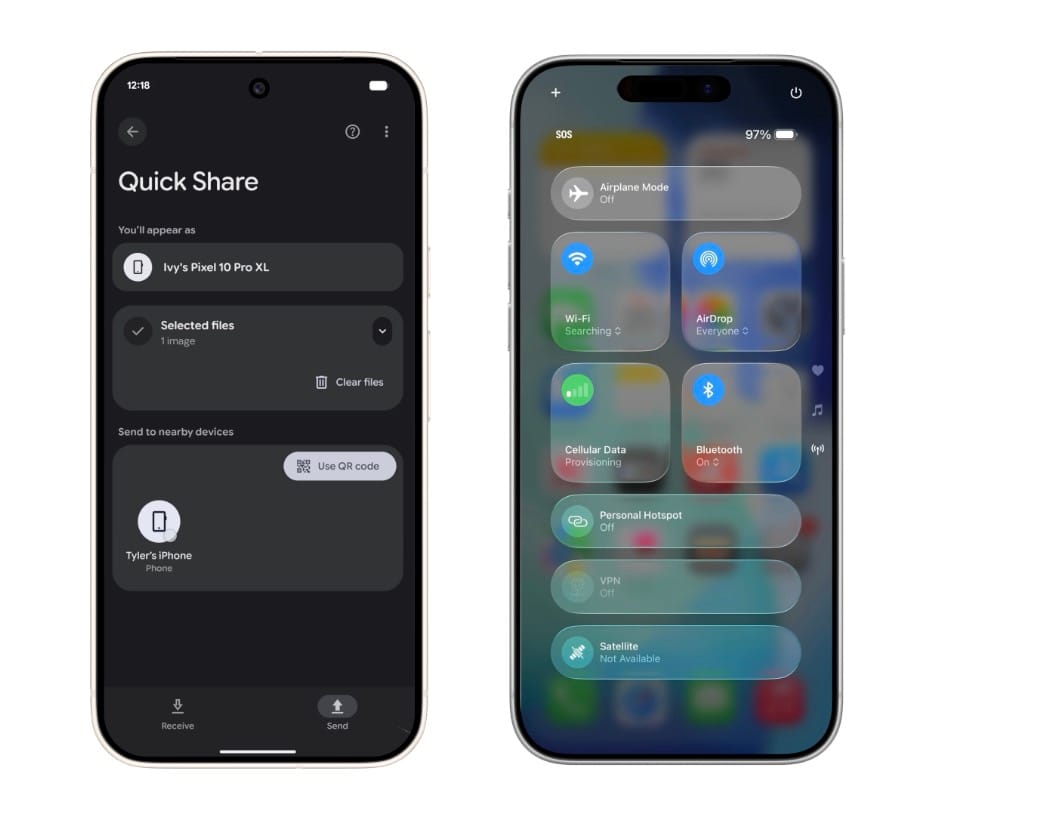


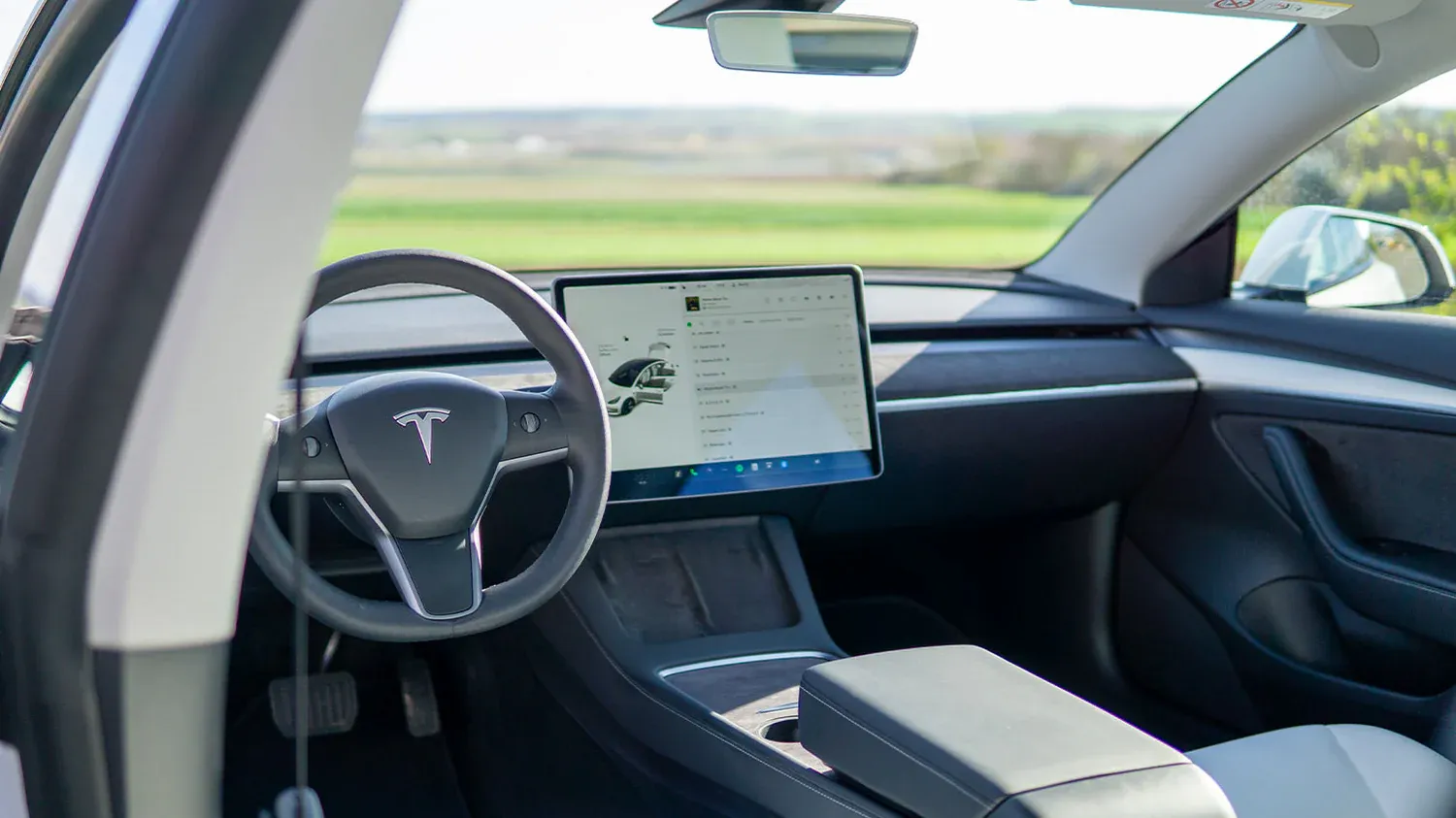

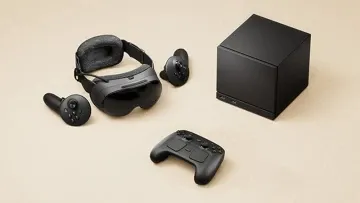
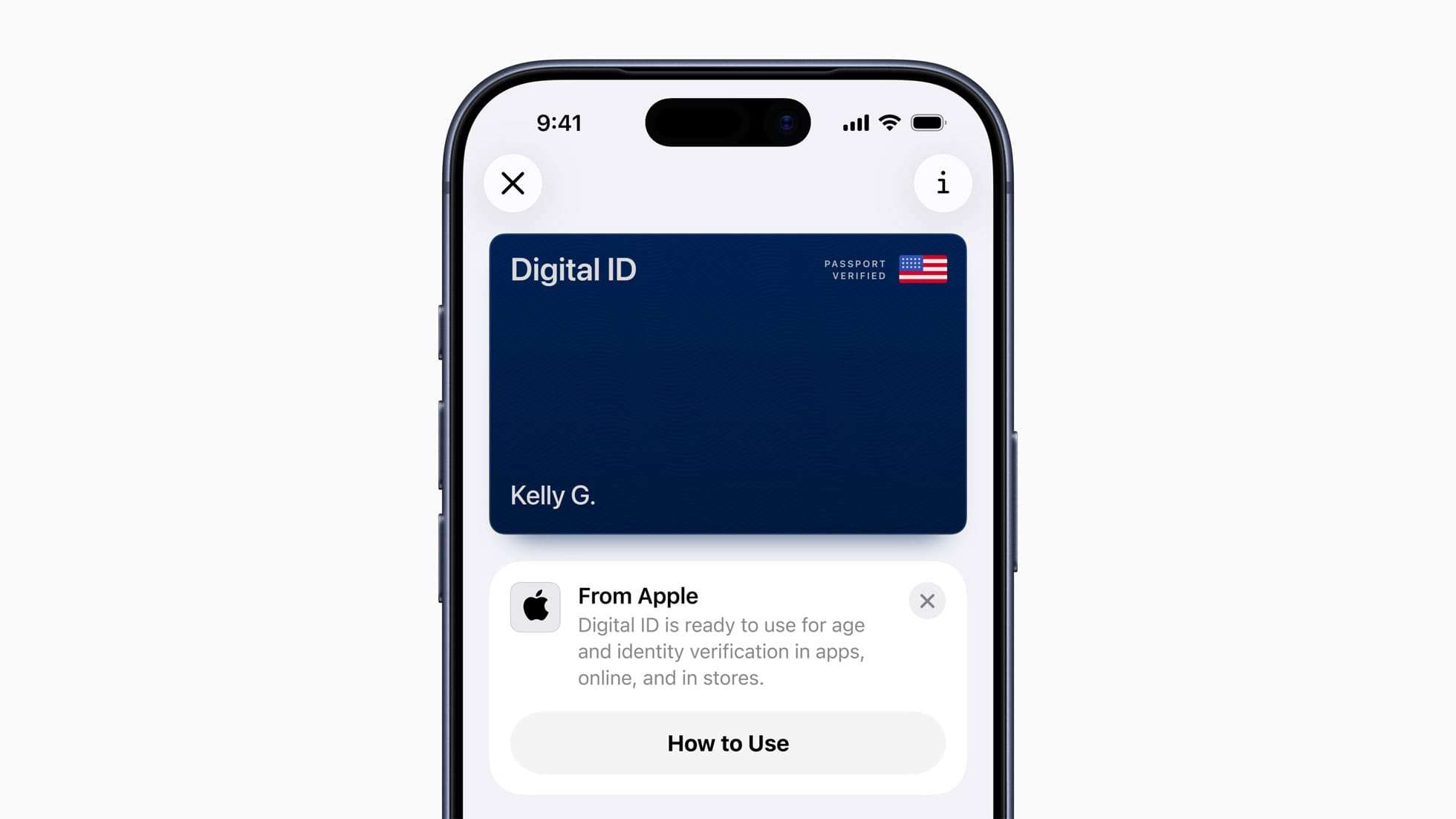

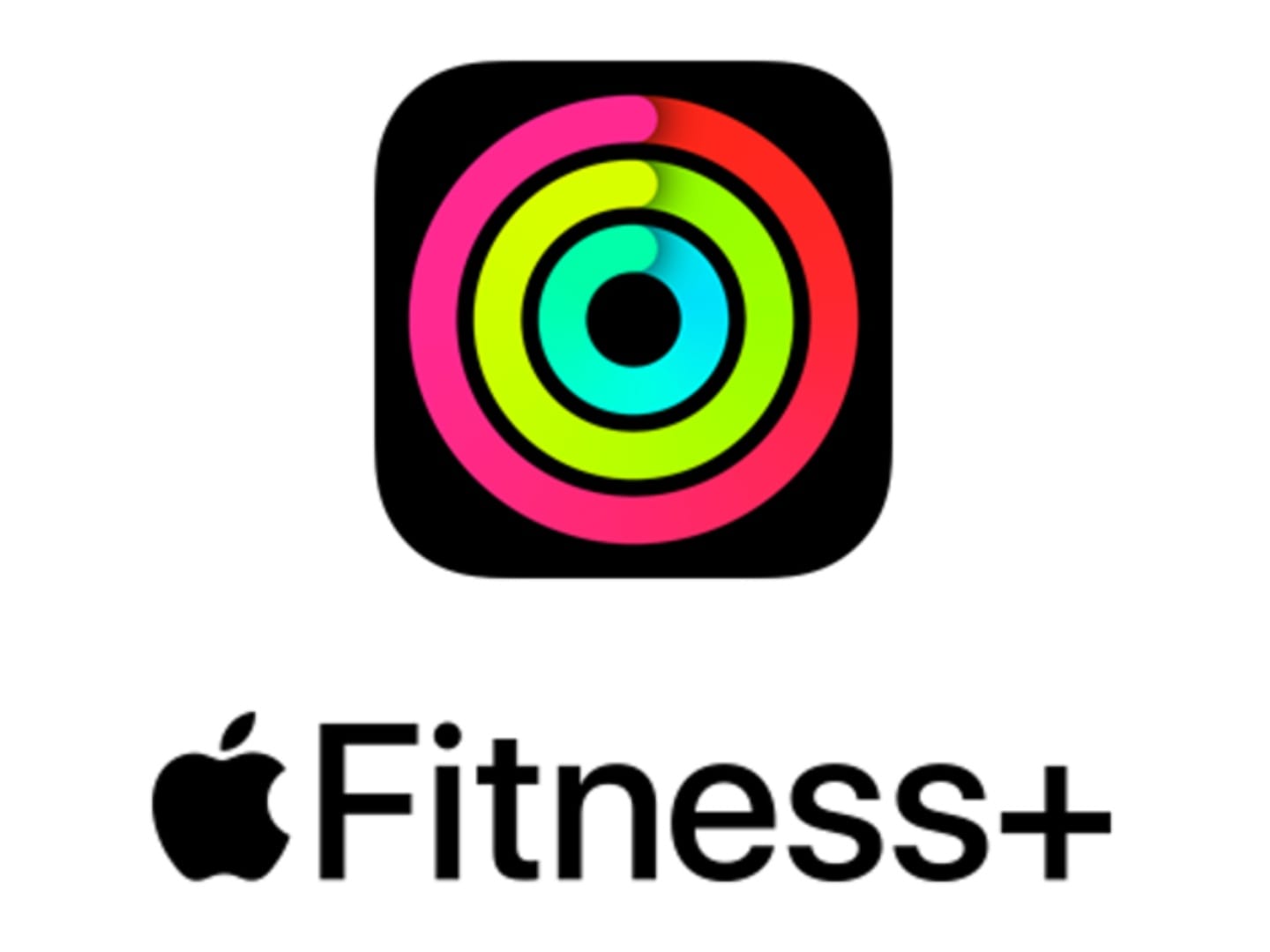
Discussion